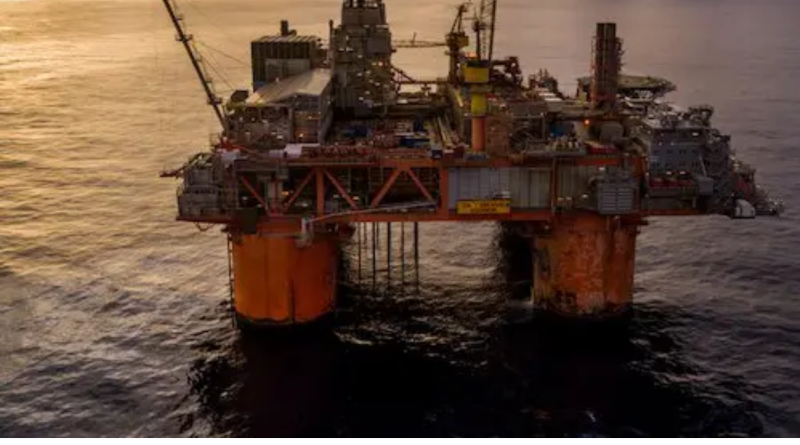Oil Consumption to Peak Next Year, Still Drive Warming Above 2°C, BP Says

One of the world’s biggest oil and gas producers is forecasting that global oil demand will peak next year, but still remain high enough for long enough to drive average global warming above 2°C.
UK-based BP released its analysis just a day after the London Stock Exchange identified the industries behind the green economy, particularly energy efficiency and management, as the sector with the second-best financial performance over the last decade, second only to the high tech industry.
The BP assessment “suggests higher-than-expected oil consumption in the 2030s compared with BP’s previous forecasts, which would pose a serious threat to the world’s climate targets,” the Guardian reports. It shows global oil demand rising to about 102 million barrels per day in 2025 before falling to between 80.2 and 97.8 million barrels by 2035. Those projections are 10% and 5% higher, respectively, than the company’s net-zero and business as usual scenarios last year.
Oil will continue to “play a significant role in the global energy system for the next 10-15 years,” BP says. That conclusion is “likely to stoke fears that the global shift away from fossil fuels towards clean power may be slowing, in part due to rising energy demand in developing economies,” the Guardian writes.
It’s consistent with BP’s announcement last year that it was walking back plans to reduce oil and gas production and increase its renewable energy investments, three years after it laid off most of its oil exploration team. “The company attracted anger from environmental campaigners after watering down a pledge to cut oil and gas production by 40% by 2030, compared with 2019 levels, to a 25% decline, after Russia’s invasion of Ukraine ignited a surge in global energy market prices,” the Guardian says.
BP expects oil consumption to persist despite an eight- to 14-fold increase in new wind and solar installations by 2050. The two scenarios in the report show gas consumption holding strong or increasing through 2050, liquefied natural gas demand growing 30 to 40% from 2022 levels, and emissions continuing at a high enough level to exhaust the remaining carbon budget that would hold average warming below the 2°C limit.
Earlier last week, the London Stock Exchange Group (LSEG) said financial returns from emission reduction technologies increased 198% over the last 10 years, even though renewable energy was a “conspicuous laggard” compared to energy management and efficiency investments, Bloomberg reports.
“This is a one-of-a-kind investment opportunity” for both “size and performance”, LSEG’s global head of sustainable investment research, Jaakko Kooroshy, told the news agency.
In a survey of more than 19,000 companies around the world, the exchange found more than 4,000 that derive revenue from green products, services, or supply chains. That business activity added up to US$7.2 trillion in market capitalization and a compound annual growth rate of 14%, amounting to a doubling every 5.25 years.
“Only the technology industry, which has seen outsized growth, buoyed most recently by breakthroughs in artificial intelligence, surpassed the total returns” of the green economy industries, Bloomberg writes. “Though the AI-fueled tech boom is currently the centre of investors’ attention, over the long term the green transition is a ‘mega force’ to be reckoned with.”
Artificial intelligence and its “explosive growth” might in itself become a factor driving future demand for clean energy, the news story adds. “Not only are more energy-efficient chips, servers, and cooling systems required to fuel AI’s onward march, but Big Tech also is increasingly concerned with the environmental impact of the technology and looking to source more clean energy.”




